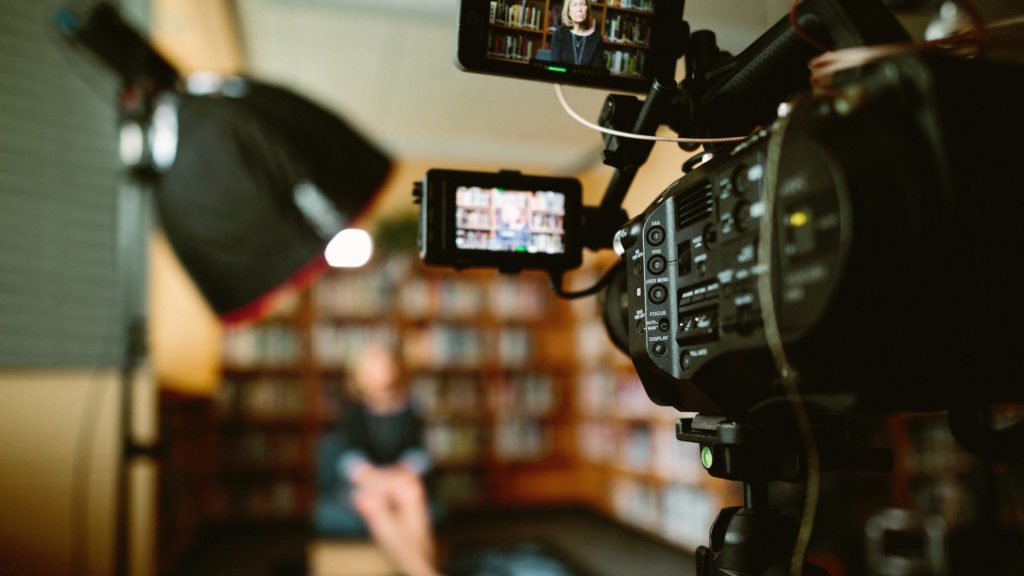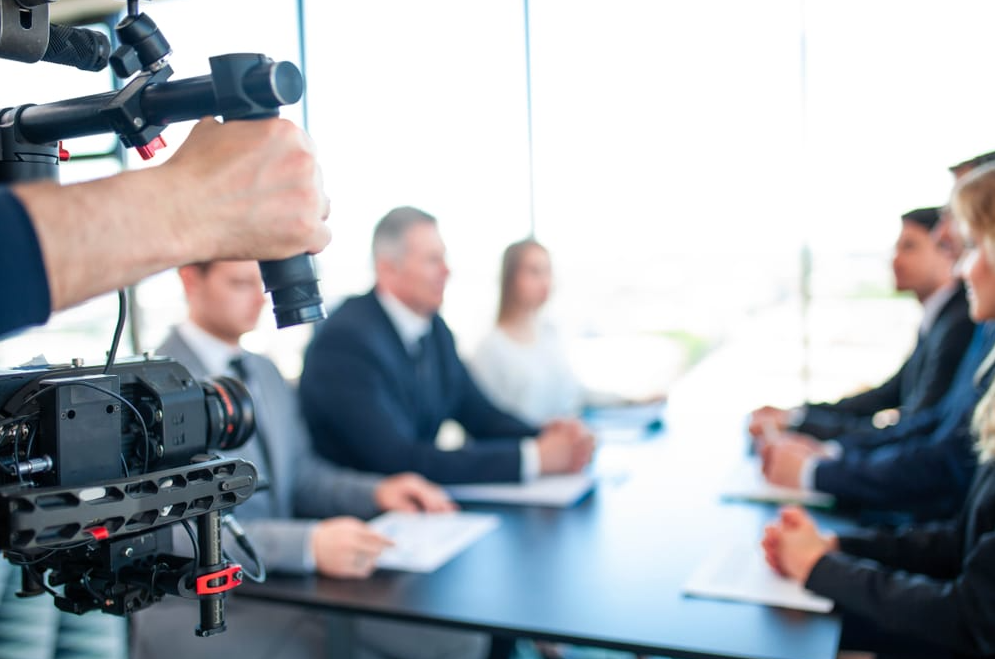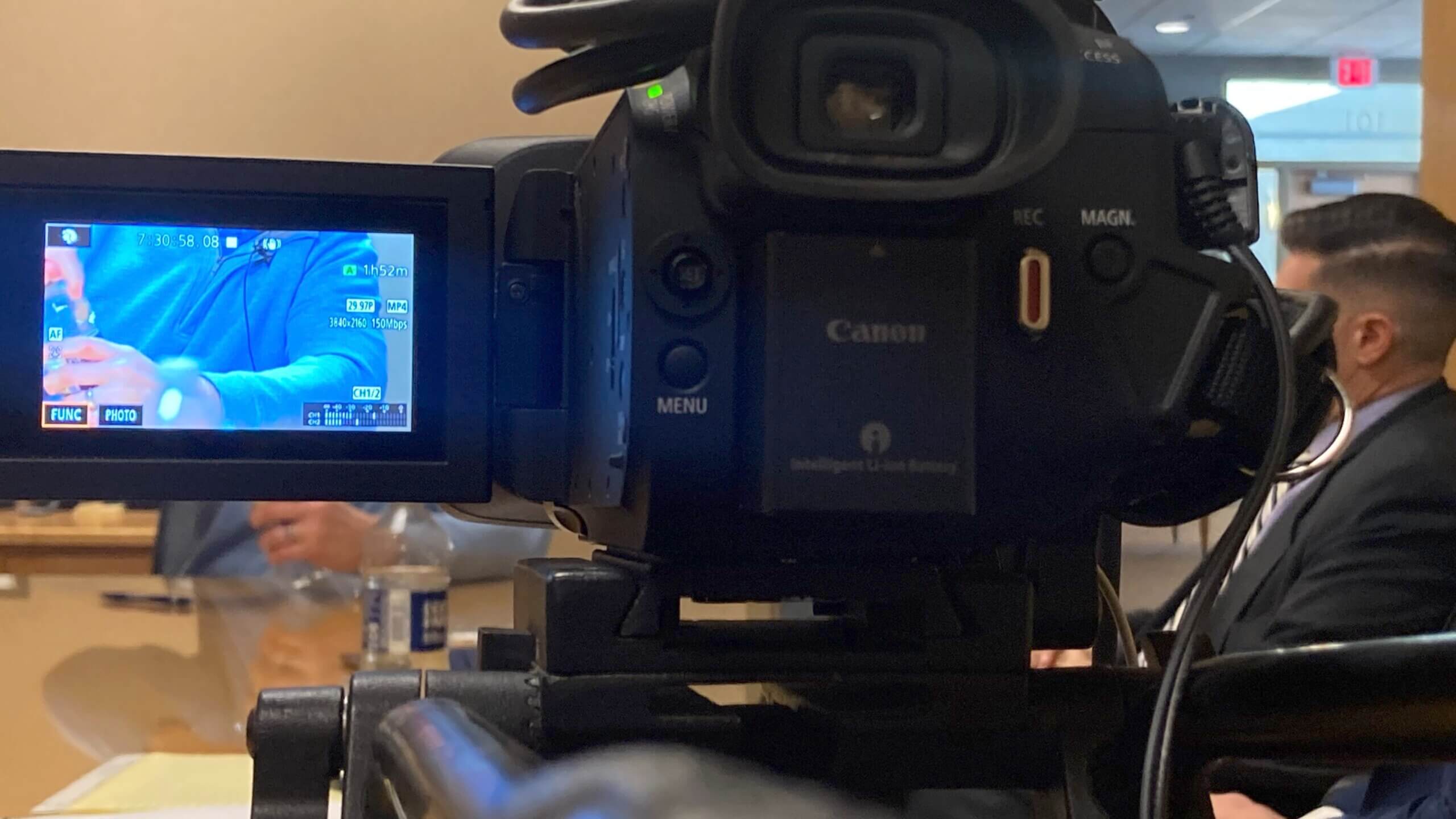The Ultimate Overview to Legal Videography for Attorneys and Legal Teams
The Ultimate Overview to Legal Videography for Attorneys and Legal Teams
Blog Article
Digging Into the Mechanisms of Legal Videography: Unveiling Its Procedure in Safeguarding Genuine Aesthetic Testament for Judicial Process
In the world of judicial procedures, the duty of legal videography stands as a foundation in protecting and providing aesthetic proof. As modern technology proceeds to development, the devices behind legal videography have ended up being significantly detailed, offering a vital layer of credibility to testaments captured on video.
Historic Development of Legal Videography
Examining the historic progression of legal videography exposes a substantial change in the recording and presentation of visual proof within the lawful landscape. In the past, legal procedures greatly relied upon written pictures and transcripts to document events and provide evidence. With the arrival of video clip modern technology, the legal industry experienced a standard change in just how aesthetic testimony was recorded and presented.
The development of lawful videography can be traced back to the late 20th century when improvements in video clip recording devices made it much more available for use in courtrooms. This technological development not only enhanced the precision and reliability of aesthetic proof but also reinvented the means instances were presented to courts and judges (Legal Videography). Lawyers started to recognize the influential power of video recordings in conveying feelings, subtleties, and non-verbal signs that created transcripts or pictures alone can not record properly

Modern Technology Advancements in Video Documentation
What key technical improvements have transformed video clip documents in the lawful area? The legal area has seen substantial developments in video paperwork innovation that have boosted the authenticity and reliability of visual proof in judicial proceedings.
Moreover, advancements in video security and watermarking technologies have boosted the safety and security and tamper-proof nature of video clip proof, securing it versus unauthorized alterations or tampering. Moreover, the introduction of cloud storage space solutions and remote accessibility capacities has structured the storage, retrieval, and sharing of video proof, helping with seamless collaboration among lawyers and guaranteeing reliable access to essential aesthetic statements when required. These technological developments in video documentation have actually most certainly revolutionized the lawful area, enhancing the precision, reputation, and admissibility of visual evidence in judicial proceedings.
Function of Legal Videographers in Court Room Settings
The evolution of video clip documents modern technology in the legal area has actually demanded a crucial function for legal videographers in court room settings, making sure the stability and integrity of aesthetic statements offered throughout judicial proceedings. Legal videographers play a basic duty in recording and preserving accurate visit the website aesthetic proof that can be critical in litigation. Their obligation prolongs to establishing devices, tape-recording proceedings, and creating premium videos that precisely reflect the occasions in the courtroom.
Furthermore, legal videographers commonly work closely with lawful teams to make certain that the video clip proof lines up with the situation's demands and can be properly presented in court to support the lawful arguments being made. Generally, the role of legal videographers in court settings is essential in upholding the principles of justice and making certain the transparency of lawful proceedings. Legal Videography.

Ensuring Admissibility and Honesty of Video Clip Evidence
To keep the reliability of aesthetic evidence provided in lawful proceedings, making certain the admissibility and stability of video evidence is a critical responsibility for lawful videographers. Admissibility refers to the approval of evidence by the court, and for video clip proof to be admissible, it must meet specific requirements. Lawful videographers play an essential role in making sure that the video clips they catch adhere to the guidelines of evidence, such as integrity, authenticity, and importance.
Honesty of video evidence involves keeping the originality and accuracy of the video from the moment it check this is recorded till it exists in court. This includes firmly saving the video clip data, recording the chain of safekeeping, and protecting against any meddling or alterations. Legal videographers need to abide by stringent procedures to ensure the honesty of the video evidence and prevent any kind of difficulties to its credibility.
Future Trends in Legal Videography
Offered the enhancing reliance on modern technology in legal proceedings, lawful videographers are positioned to embrace cutting-edge advancements shaping the future of visual testament capture and discussion. Among the prominent fads coming up is the integration of online truth (VR) and increased truth (AR) modern technologies into legal videography. These modern technologies have the prospective to transform exactly how visual evidence is offered in court rooms, allowing discretionary to submerse themselves in the scene of the crime or case.
In addition, making use of expert system (AI) formulas for video analysis is expected to streamline the process of reviewing and evaluating big quantities of video clip footage. AI can help in determining vital moments, abnormalities, and patterns within video clips, boosting the effectiveness of lawful examinations.

Conclusion
In conclusion, lawful videography has actually played an essential duty advice in giving genuine visual proof for judicial procedures. Through technical innovations and the proficiency of legal videographers, the stability and admissibility of video clip evidence are made sure in court settings. As lawful videography proceeds to develop, it will certainly be important to copyright criteria that preserve the accuracy and integrity of aesthetic statement for the future of legal procedures.
Taking a look at the historic progression of lawful videography discloses a substantial change in the capturing and presentation of visual proof within the legal landscape.The advancement of video documents technology in the legal field has actually necessitated an essential duty for lawful videographers in courtroom setups, making sure the integrity and dependability of aesthetic testaments offered throughout judicial procedures. In addition, legal videographers often work closely with legal groups to make certain that the video clip evidence lines up with the situation's demands and can be properly offered in court to sustain the lawful arguments being made.To preserve the reliability of aesthetic evidence provided in legal proceedings, making sure the admissibility and integrity of video proof is a crucial duty for lawful videographers. As legal videography continues to progress, it will certainly be crucial to promote criteria that preserve the precision and reliability of visual testament for the future of legal procedures.
Report this page